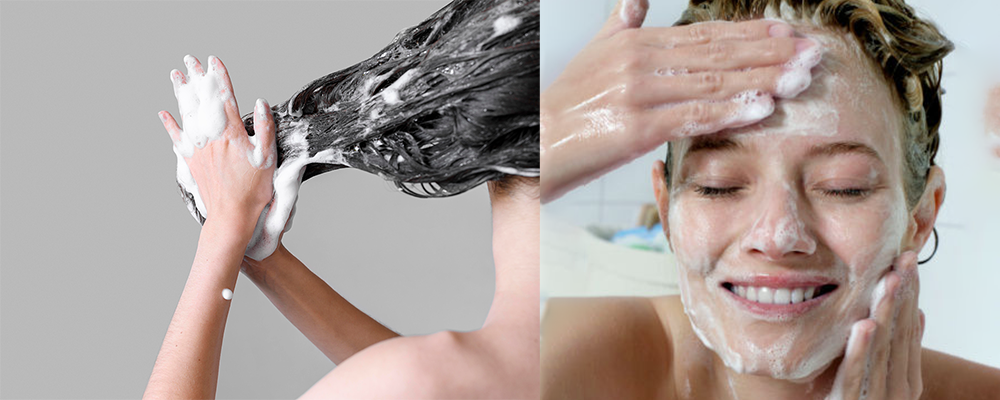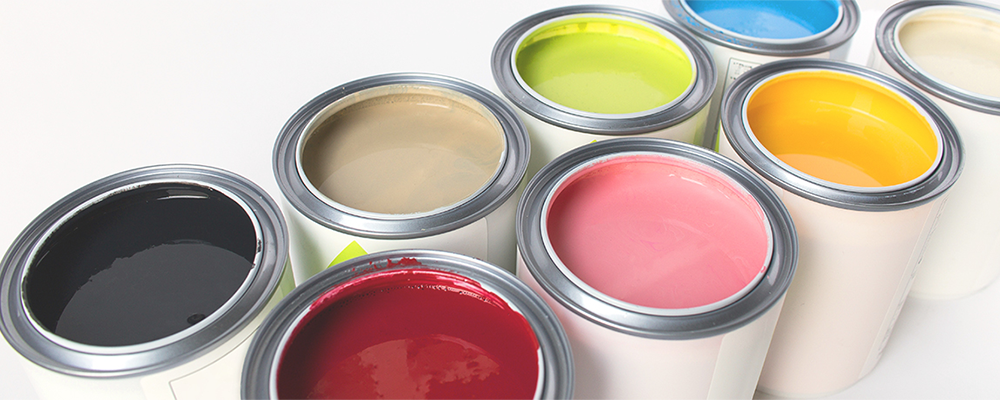Cocoyl chloride CAS 68187-89-3, From the appearance, coconut chloride is a colorless or light yellow transparent oily liquid. This visual feature makes it recognizable among many chemical raw materials. It has a strong pungent smell, which is not only very pungent, but also highly volatile. Once it spreads in the air, it will quickly irritate people’s respiratory tract and eyes, causing discomfort.
In terms of density, the density of coconut chloride is about 0.91g/mL (25°C), which means that it is different from the density of water. In scenarios involving mixing with water, stratification and other phenomena will occur due to the density difference. Its boiling point is 193°C (4mmHg). The relatively high boiling point indicates that it can maintain a relatively stable liquid state at room temperature and pressure. The flash point is greater than 230°F, which reflects that coconut oil chloride is relatively difficult to ignite when encountering fire sources such as open flames and high temperatures, and has a certain degree of fire safety. However, it can be dissolved in organic solvents such as ether, and this solubility makes it possible for it to be mixed with other organic compounds in the chemical synthesis process.
Campo de aplicação:
Daily chemical industry
In the daily chemical industry, coconut oil chloride plays an extremely important role, especially as a surfactant intermediate. In the formulation of shampoo, the surfactant synthesized by coconut oil chloride can effectively clean the grease and dirt on the hair. It has good emulsifying properties, which can make the grease evenly dispersed in the water, so that it can be easily washed away, leaving the hair refreshed and clean. At the same time, this surfactant made from coconut oil chloride also has a mild characteristic, will not over-irritate the scalp, reduce damage to the scalp barrier, and reduce the probability of allergies and other discomfort reactions.
In shower gel, the advantages of coconut oil chloride are also significant. It can produce rich and delicate foam, which not only brings a comfortable bathing experience, but also can more fully contact the skin surface and improve the cleaning effect. In facial cleansers, surfactants synthesized from Cocoyl chloride CAS 68187-89-3 can gently remove facial grease and dust while maintaining skin moisture without making the skin feel tight. As people’s requirements for the quality and safety of daily chemical products continue to increase, cocoyl chloride has an increasingly broad application prospect in the daily chemical industry due to its excellent performance.

Campo farmacêutico
In the pharmaceutical field, cocoyl chloride CAS 68187-89-3 is mainly used for the synthesis of pharmaceutical intermediates. The research and development and production of many drugs are inseparable from cocoyl chloride, a key raw material. For example, in the synthesis process of some antibiotics, the reaction steps in which cocoyl chloride participates can construct a specific chemical structure, which plays a vital role in enhancing the antibacterial activity of antibiotics. In the preparation of some cardiovascular drugs, cocoyl chloride CAS 68187-89-3, as an intermediate, can help introduce specific functional groups, thereby adjusting the properties of drug molecules, making them more effective in the human cardiovascular system, and achieving the purpose of treating diseases.
It can also be used to synthesize some drugs with special therapeutic effects, such as topical drugs for the treatment of skin diseases. The intermediates synthesized from cocoyl chloride can enable drugs to better penetrate into the deep layers of the skin, improve the efficacy of drugs, and bring better therapeutic effects to patients. The pharmaceutical industry has extremely high requirements for product quality and safety. Cocoyl chloride, with its stable chemical properties and reliable reaction performance, occupies an indispensable position in the synthesis of pharmaceutical intermediates, providing strong support for drug research and development and production.

Pesticide field
In the field of pesticides, coconut chloride plays an important role as a pesticide intermediate. The pesticides it participates in synthesizing can effectively prevent and control crop diseases and pests, and ensure the stability and harvest of agricultural production. For example, in the synthesis of some organophosphorus pesticides, coconut chloride reacts with other compounds to form pesticide molecules with specific structures. These pesticide molecules can accurately act on the nervous system or physiological metabolic process of pests, interfere with the normal growth and reproduction of pests, and thus achieve the purpose of killing pests.

Paint industry
In the paint industry, organic compounds synthesized by coconut chloride can be used as film-forming substances for paints, improve the adhesion, water resistance and weather resistance of paints, and enable paints to better protect the surface of coated objects. In the plastics industry, intermediates synthesized by coconut chloride can be used to prepare high-performance plastic materials, improve the processing performance and physical properties of plastics, and broaden the application range of plastics. The wide application of coconut chloride in the field of organic synthesis has provided a foundation for the innovation and upgrading of chemical products and promoted the development of the entire chemical industry.

Precautions for use
Cocoyl chloride is highly irritating. Whether it comes into contact with the skin or the eyes, it may cause serious consequences such as irritation and burns. During the production process, workers need to be fully armed and wear chemical protective gloves to ensure that the skin of the hands does not come into direct contact with coconut chloride; wear goggles to protect the eyes from possible splashing coconut chloride; wear protective clothing to wrap the body tightly to prevent coconut chloride from contacting other parts of the body.
During transportation, coconut chloride must be stored in a sealed container, which can effectively prevent its volatilization and reduce potential harm to the surrounding environment and personnel. The container should be kept away from fire sources, because although coconut chloride has a high flash point, it still poses a safety risk near the fire source; it should also be kept away from oxidants to prevent violent chemical reactions. Transport vehicles need to be equipped with complete emergency treatment equipment, such as leak collection tools, fire extinguishing equipment, etc., to deal with possible leaks, fires and other emergencies.
When using, be sure to operate in a well-ventilated area. Good ventilation can promptly discharge the volatile cocoyl chloride gas, reduce the concentration in the air, and reduce the irritation to the operator’s respiratory tract. Once the vapor is accidentally inhaled, it should be immediately moved to an open area with fresh air to ensure that the respiratory tract can breathe fresh air; if it comes into contact with the eyes, rinse immediately with plenty of water for a long enough time to minimize the damage to the eyes caused by cocoyl chloride, and seek medical treatment as soon as possible and seek professional medical treatment.
